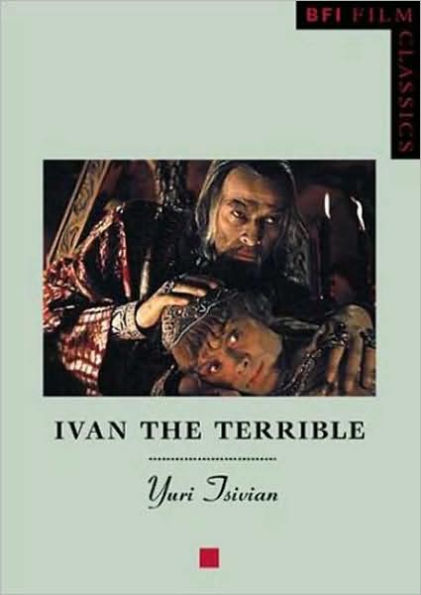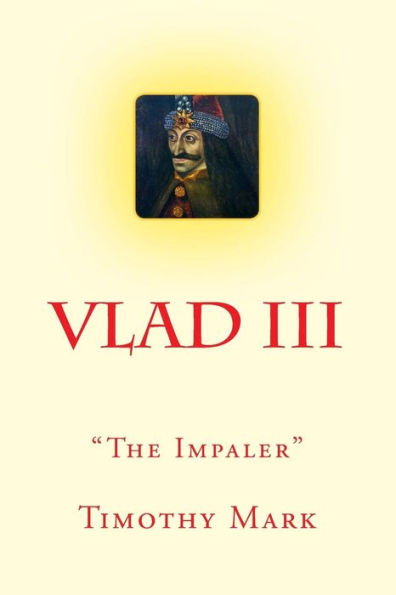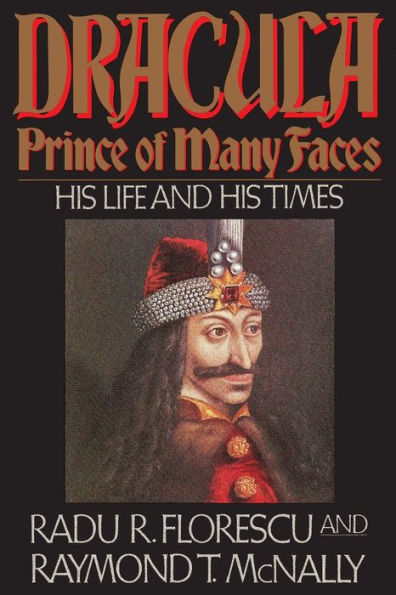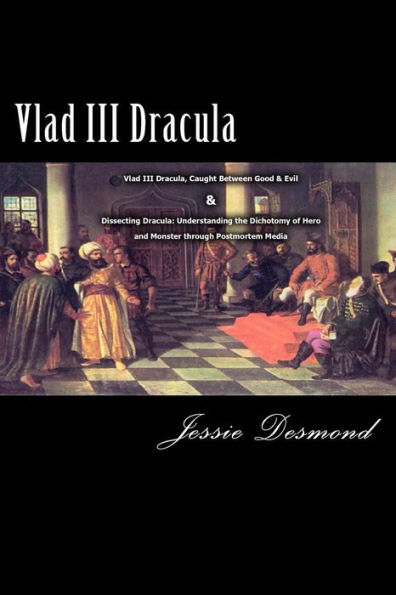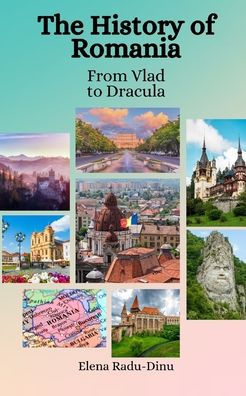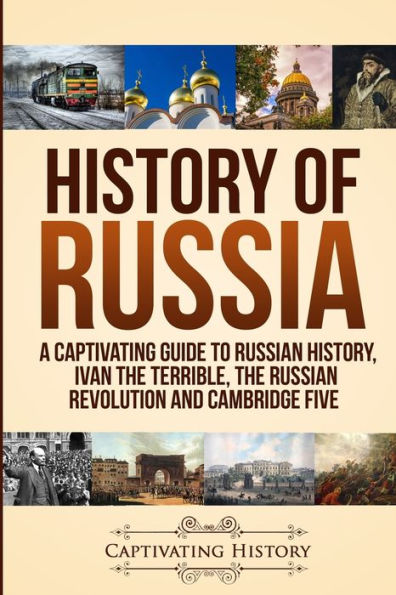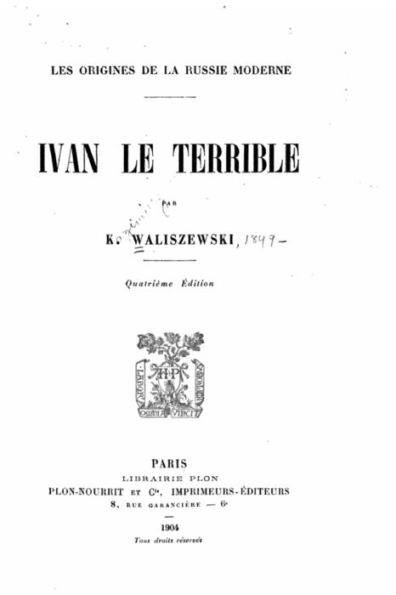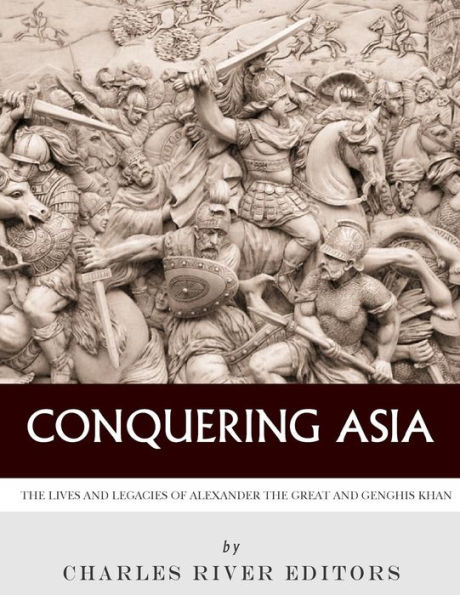Home
Ivan the Terrible and Vlad the Impaler: The Lives and Legacies of Medieval Europe's Most Notorious Rulers


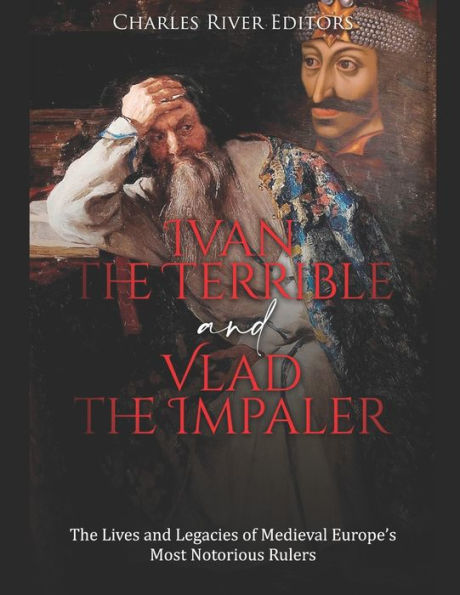
Ivan the Terrible and Vlad the Impaler: The Lives and Legacies of Medieval Europe's Most Notorious Rulers
Current price: $12.14
Loading Inventory...
Size: OS
*Includes pictures
*Includes a bibliography for further reading
Many medieval figures are somewhat shrouded in mystery, due to the scarcity of available sources and to the difficulties posed by the interpretation of historical narratives dating from this period. And even when there is enough documented evidence to put together a sufficiently coherent biographical account, other sources and accounts may emerge that flagrantly contradict the already established and generally accepted historical narrative.
Nowhere is this more evident than in the legacy of Vlad III Dracula, who history has recorded as one of the most notorious and bloodthirsty tyrants of the 15th century. In addition to lending the name Dracula to Bram Stoker's famous vampire, Vlad is known around the world by the cognomen Vlad the Impaler, due to his reputation for impaling thousands of his enemies. Vlad was reputed to be such a tyrant that his reputation and stories of his deeds spread across Germany and the rest of Europe during his lifetime.
However, two very conflicting images emerge when contemporary narratives and chronicles are considered. On the one hand, he is portrayed by a variety of sources as a blood-thirsty tyrant with a penchant for devising unnecessarily cruel punishments. But on the other hand, he appears as a heroic and brave fighter against the Ottoman Empire's ongoing threat towards Wallachian territorial integrity and autonomy. There are probably grains of truth to both depictions; Vlad did indeed implement an authoritarian internal policy in order to increase his power within the state, while also attempting to defend Wallachian independence in the face of both Hungarian and Ottoman encroachments. The accounts, however, are divergent in almost every other respect, including the specific character of his punishments and the motivations outlining them, the number of victims, and, most significantly, the personality of the ruler himself.
16th century Russia remains, for most Western audiences, a dark and terrifying space, wrapped in mystery and myth and isolated from states such as England or France, whose heroes are well-known throughout Europe. The traditional dichotomy between East and West is most apparent in the discussion of the remarkable political figures that defined this century. While Western rulers, such as Elizabeth I, Francis I or Charles V, Holy Roman Emperor, have been endlessly and almost exhaustively treated in historical works, their Eastern counterparts have rarely attracted the attention of professional historians outside their respective regions.
As a result, readers in search of reliable information on Ivan IV's personality and reign is faced with a rather bleak situation. They can either resort to the extremely biased image conveyed by Russian historiography, or to the often superficial and sensationalist histories written by Western authors, who, perhaps unintentionally, crafted a narrative that fit the stereotypes regarding what the West thought of the East at the time. While certain factual aspects regarding Ivan IV's reign can certainly be deduced from the primary sources that have withstood the test of time, the majority of accounts dating from the 16th century and after must be evaluated critically and read in light of certain traditions and ideas that circulated in the region regarding the model ruler and the tyrant. Naturally, this makes it hard for contemporary audiences to determine whether Ivan IV was worthy of the epithet "Groznyi" ("the Terrible").
As if to demonstrate the cultural disconnect between East and West, "Groznyi" in the original Russian was a term mostly used to designate an "awful" or "awe-inspiring" personality, especially in a political context. That a Renaissance ruler would inspire a feeling of reverence mixed with fear was neither surprising, nor should it necessarily be seen in a negative light.
